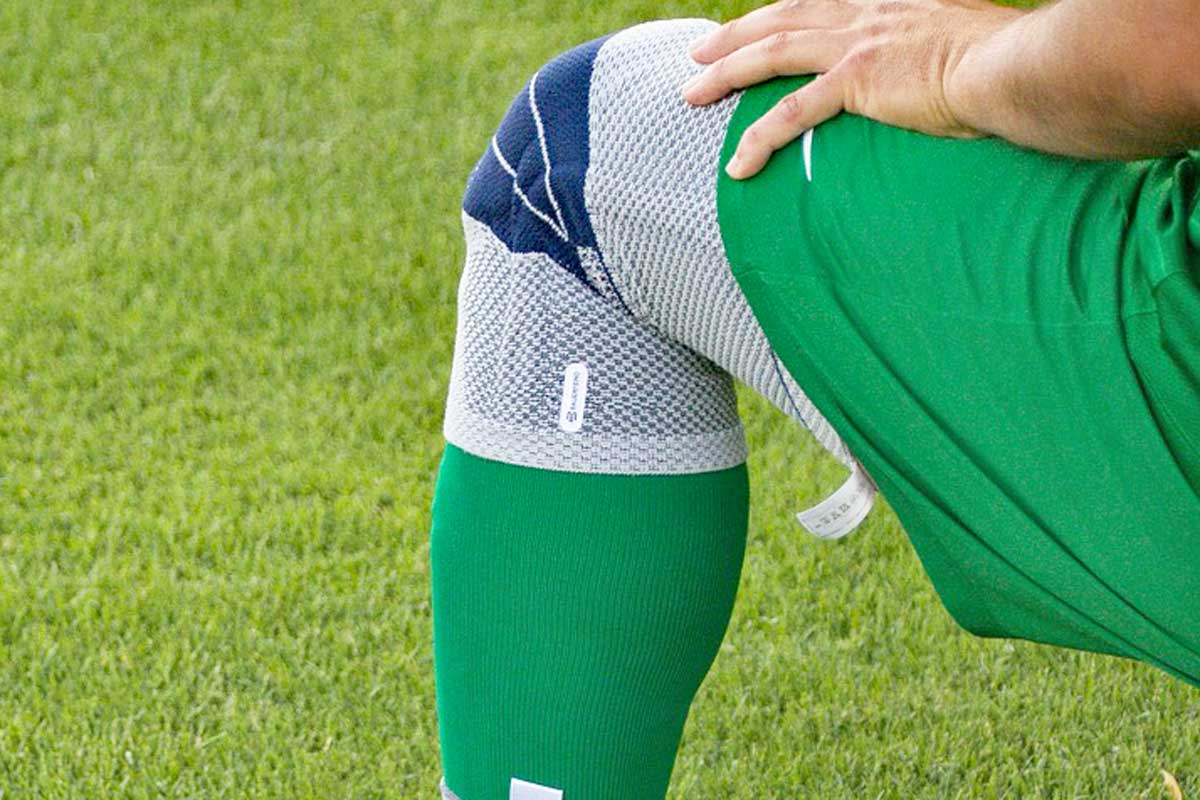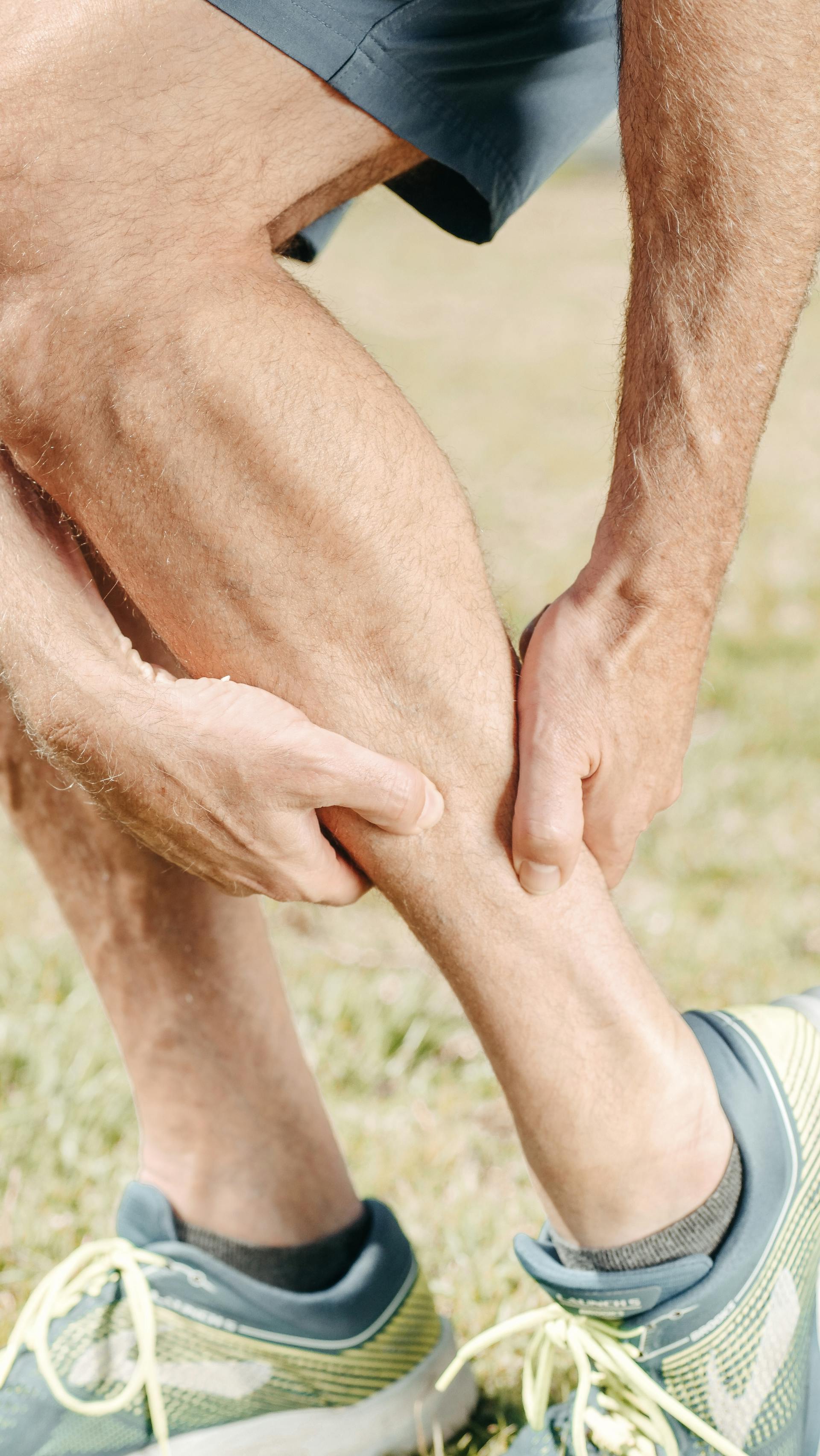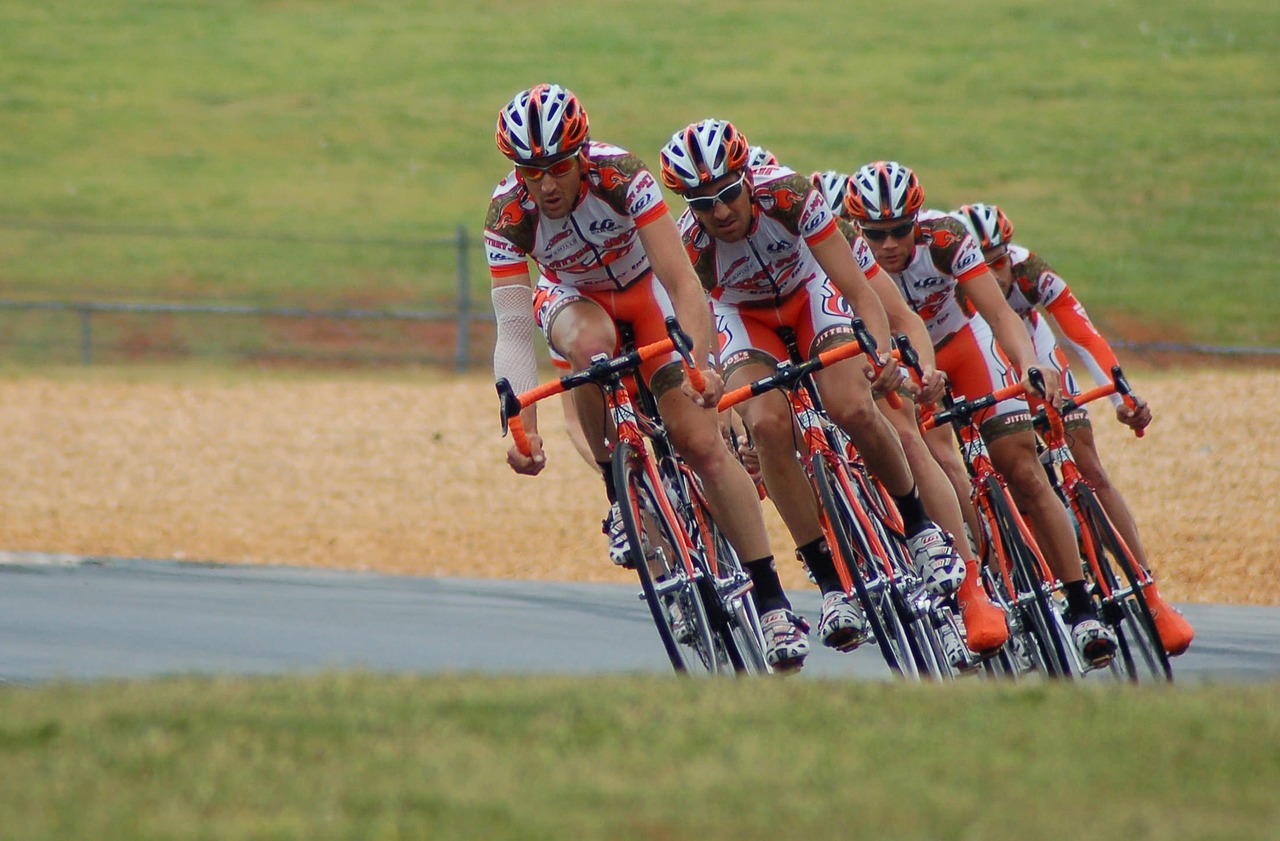Warm-up and Flexibility
Before engaging in any exercise, proper warm-up and stretching are crucial. These activities enhance blood and lymph fluid circulation within the knee joint and surrounding tissues. Moreover, they improve muscle and ligament flexibility, reducing tension on tendons and alleviating pressure on the knee. "Incorporating a dynamic warm-up and regular stretching routine into your exercise regimen is essential for maintaining knee health. A proper warm-up gradually increases your heart rate and blood flow, preparing your muscles and joints for physical activity. Dynamic stretches, such as arm circles, leg swings, and torso twists, help to increase range of motion and improve flexibility. By warming up effectively, you can reduce the risk of strains, sprains, and other injuries. Regular stretching, particularly of the quadriceps, hamstrings, and calf muscles, can help to improve flexibility of the ligaments and maintain a healthy range of motion in the knee joint. This can reduce muscle tightness and imbalances that can contribute to knee pain."Muscle Balance and Strength
Developing balanced lower body strength is essential for knee health. This involves strengthening both the quadriceps and hamstrings while maintaining a balanced strength ratio (ideally, a 3:2 ratio of quadriceps to hamstrings) for optimal knee stabilization.Avoiding Overuse and Gradual Progression
Overuse injuries can occur when the knees are subjected to excessive cumulative stress. To prevent this, gradual progression in exercise intensity is key. Sudden increases in exercise demands, such as transitioning from flat jogging to hill running, can significantly increase the risk of knee injury.Foot Care and Footwear
Foot health significantly impacts knee health. Wearing properly fitting shoes with adequate cushioning is crucial. Addressing foot problems promptly, such as blisters, can prevent further complications that may affect the knees. "Proper foot care and the selection of appropriate footwear are essential for maintaining knee health. The feet act as the foundation for the entire body, and imbalances or misalignments in the feet can contribute to knee pain and injuries. Choosing shoes that provide adequate support, cushioning, and stability can help to distribute weight evenly across the feet, reducing stress on the knees. Additionally, regular foot care, such as trimming toenails, moisturizing the skin, and inspecting for any signs of infection, can help prevent foot-related problems that may indirectly affect the knees. By paying attention to your feet and selecting footwear that promotes proper alignment, you can significantly reduce your risk of knee pain."Exercise Variety
Incorporating a variety of exercise modalities helps prevent repetitive stress on the same joints and muscles, minimizing orthopedic stress on the knees.Incorporating a variety of exercises into your fitness routine is crucial for maintaining healthy knees. Repetitive motions can place undue stress on specific joints, leading to overuse injuries. By engaging in a diverse range of activities, you distribute the workload across different muscle groups, reducing the strain on any single joint. This can help to prevent imbalances and promote overall joint health. Whether it's swimming, cycling, weightlifting, or yoga, each activity offers unique benefits and challenges the body in different ways. By mixing up your workouts, you can keep your body guessing and prevent boredom, making it more likely that you'll stick to your exercise program.Choosing Low-Impact Activities
When selecting exercise modes, it's important to be mindful of the impact forces on the knees. High-impact activities, such as running stadium stairs or downhill running, should be avoided or minimized.Proper Equipment Usage
Improper use of exercise equipment can strain the knees. For example, incorrect bike seat and pedal crank positioning can place undue stress on the knee joint. Using exercise equipment correctly is paramount to preserving knee health. Misalignment or improper adjustments can place undue stress on the knee joint, leading to injuries. For instance, when cycling, ensuring that the seat height and handlebar position are adjusted to match your body proportions can prevent strain on the knees. Similarly, when using weight machines, maintaining proper form and avoiding excessive resistance can protect the joints. Regular maintenance and inspection of exercise equipment can also help to prevent accidents and injuriesWeight Management
Maintaining a healthy weight significantly reduces stress on the knees. Excess weight increases the risk of developing degenerative conditions such as osteoarthritis. Carrying excess weight places a significant strain on the knee joints. Each additional pound increases the pressure on the articular cartilage, the cushioning tissue that protects the ends of the bones. This added stress can accelerate wear and tear, leading to conditions like osteoarthritis. Moreover, excess weight often contributes to muscular imbalances, particularly in the quadriceps and hamstrings. A weakened musculature can destabilize the knee joint, making it more susceptible to injuries and pain. Chronic inflammation, frequently associated with obesity, can further damage cartilage and contribute to joint degeneration. To alleviate knee stress and promote long-term joint health, weight management is crucial. A balanced diet rich in fruits, vegetables, whole grains, and lean proteins, combined with regular low-impact exercise like swimming or cycling, can support weight loss and strengthen the muscles around the knee.Listening to Your Body - Steps for Keeping Your Knees Healthy
Pain is a crucial signal. If you experience knee pain during or after exercise, it's essential to reduce or stop the activity that is causing the pain. Ignoring pain can lead to more severe injuries.Disclaimer: This information is for general knowledge and informational purposes only and does not constitute medical advice. Consult a healthcare professional for any health concerns.
Copyright 2010 by the American College of Sports Medicine.












